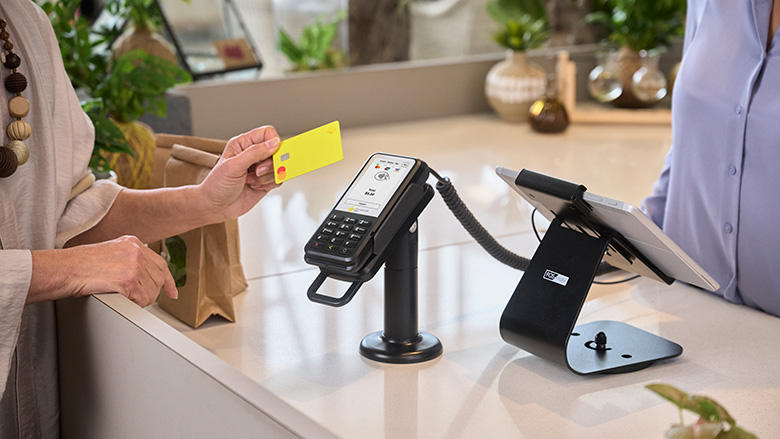“The stronger March figures underscore our view that the Australian economy has gained considerable momentum by the end of the first quarter, and is set for robust growth in 2022,” said CBA Chief Economist Stephen Halmarick. “The stronger economic picture is also consistent with our expectations of an RBA rate hike cycle to begin in June, though we expect this cycle to be relatively shallow,” he added.
The Transport spending intentions category posted the strongest gains in March, up 31.8 per cent on the month. This was spurred by higher petrol prices and stronger spending intentions across segments including car washes, taxis, trucking and freight services, and car parks.
Still, spending on public transport, tolls and bridge fees remain lower than last year’s levels, and are still below pre-Covid figures, Mr Halmarick said.
One segment that has been a particular beneficiary from higher spending was service stations, up 30 per cent from March 2021. “Some of that is people returning to working at the office and spending more on fuel, and some of that is the higher petrol price,” Mr Halmarick said.
However, this trend is likely to at least partly reverse when the fuel excise cut – announced as part of the Federal Budget – is felt at the bowser, Mr Halmarick said. “As the halving of the fuel excise is passed through we would expect to see the value of service station spend decline in coming months,” he said.
Travel spending intentions rose 18 per cent in March, and are now 43.7 per cent higher than March 2021, in a sign Australians are once again on the move. There were strong gains in spending intentions across travel agencies, airlines, airports and bus lines. Both travel-related transactions and Google searches linked to accommodation and tourist destinations posted meaningful increases in March.
“While some of these increases can be attributed to people booking getaways for the Easter holidays, the overall rebound is also driven by people feeling more confident to travel despite the ongoing threat of Covid,” Mr Halmarick said.
Retail spending intentions rose a strong 12.9 per cent in March from a month earlier, partly offsetting some of the weakness caused by Omicron and seasonal factors in January and February. Relative to a year earlier, March retail spending intentions are up 7.1 per cent, led by duty free stores, luggage stores, dry cleaners and tailors, department stores, and men’s and women’s clothing stores.
“It shows us that people are starting to get their suits out of the closet, they’re starting to spend on make-up and cologne and suitcases as life gets closer towards normal again,” Mr Halmarick said.
But while some retail spending is higher, categories that did particularly well during lockdowns – such as packaged alcohol, curtains and upholstery and art supplies – are now weaker.
“This is a natural progression because people aren’t spending as much time at home anymore, we’re more out and about, in bars and restaurants, so our spending follows,” Mr Halmarick said.
The CommBank HSI Index combines analysis of CBA payments data (Australia’s largest consumer spending data set covering approximately 40 per cent of payment transactions), loan application information and Google Trends publicly available search activity data. To access this powerful insight into spending trends visit www.commbank.com.au/hsi

